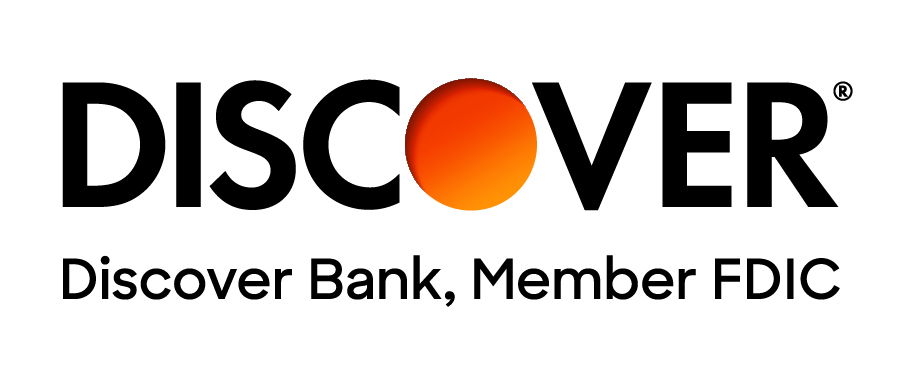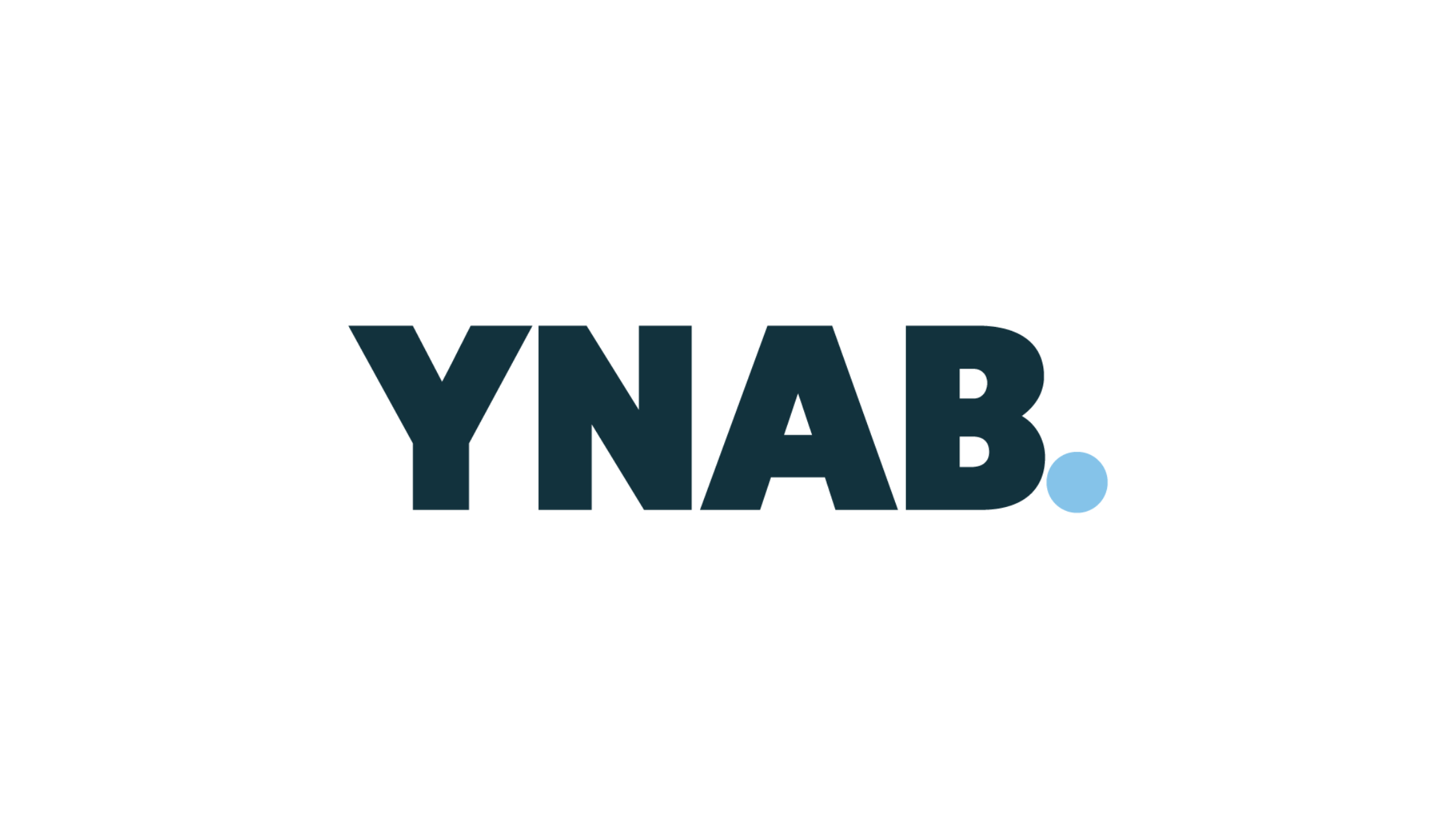Applying to college might seem overwhelming, but with careful planning and early preparation, you can handle it with ease. The process includes a few key steps that will guide you along the way. Start by selecting colleges that fit your academic goals and personal interests. Then, focus on completing applications by gathering essential materials like transcripts, test scores, and recommendation letters. Take time to write personal essays that reflect who you are and what matters to you. Finally, stay organized and keep track of all deadlines to ensure everything is submitted on time. With a thoughtful approach, you can make this experience both successful and rewarding.
Before we Begin Let’s Review the Basics
There are various types of colleges to consider, each serving different educational needs and career aspirations.
- Community Colleges offer two-year associate degrees and certificates, focusing on vocational training and general education.
- Four-Year Universities provide a more traditional college experience, offering bachelor’s degrees across a wide range of disciplines.
- Private versus Public Institutions: The main difference lies in their funding sources. Public colleges and universities receive funding from state governments, whereas private institutions, rely on tuition, donations, and endowments.
- Specialized Institutions like art schools or technical schools focus on specific fields, offering dedicated training and education in areas such as fine arts, engineering, or culinary arts.
Regarding Degrees Offered, it's essential to understand the various academic degrees available:
- Associate’s Degrees are typically offered by community colleges and require about two years of full-time study.
- Bachelor’s Degrees are four-year degrees offered by colleges and universities, providing a comprehensive education in a chosen field alongside general education requirements.
- Master’s Degrees involve one to two years of study beyond a bachelor’s degree, allowing for specialized study in a particular area of interest.
- Doctoral Degrees are the highest level of academic achievement, focusing on advanced research and study in various disciplines.
Considerations Before Starting
Assessing Your Interests and Goals
It's crucial to begin the college application process by assessing your interests, skills, and goals. Many schools offer self-assessment tools and career counseling resources that can help you identify potential majors and career paths.
Standardized Tests: SAT & ACT
Understanding the differences between the SAT and ACT is vital, as some students may perform better on one test over the other. Generally, the SAT focuses more on evidence-based reading and writing and math, with an optional essay. The ACT includes similar sections with an added scientific reasoning component and offers an optional essay.
High School Curriculum: Striking the Right Balance
Your GPA and the rigor of your high school curriculum play significant roles in the college admissions process. Admissions officers value students who challenge themselves academically while maintaining strong grades.
Exploring Colleges: Research and Visits
Research is essential when compiling your list of prospective colleges. Make use of online resources, college fairs, and information sessions to learn about different institutions. Visiting campuses, either virtually or in person, can offer invaluable insights into the college experience and help you gauge whether a school feels like the right fit.
The Application Process
Now let’s walk through each step of the application process, from building your college list to submitting your application, ensuring you're well-prepared for college admissions season.
Creating a College List
When creating your college list, consider several important criteria:
- Cost: This is the most important consideration, you want to choose a school you can afford to attend.
- Size: Do you thrive in a close-knit community, or do you prefer the bustling activity of a large university?
- Location: Think about the climate, geography, and proximity to home that you prefer.
- Academic Programs: Research institutions that offer strong programs in your areas of interest.
- Culture: Consider the social environment, campus vibe, and extracurricular activities available.
It's wise to categorize your choices into safety, match, and reach schools to ensure you have a wide range of options.
Understanding Application Platforms
Familiarize yourself with the different application platforms used by colleges:
- Common Application: A widely used platform that allows you to apply to multiple colleges with one application.
- Coalition Application: Focuses on accessibility, affordability, and success, and is accepted by over 150 schools.
- Universal College Application: Offers an alternative with a focus on inclusivity and simplicity.
- Individual College Applications: Some colleges may use their unique application processes.
The Elements of a College Application
A complete application includes:
- Transcripts and Standardized Test Scores: Demonstrates your academic performance and readiness.
- Personal Statements and Supplemental Essays: Offers insight into your personality, experiences, and reasons for applying.
- Letters of Recommendation: Provides external perspectives on your character and achievements.
- Resumes and Portfolios: Showcases your extracurricular activities, work experience, and special talents or skills.
Financial Aid and Scholarships
Start by completing the FAFSA and CSS Profile to apply for financial aid. Understand the different types of aid available:
- Grants: Financial aid that doesn’t need to be repaid.
- Loans: Borrowed money that you must pay back with interest.
- Work-Study: Part-time work opportunities to earn money while attending college.
Actively seek out scholarships through databases and school resources.
The Application Timeline
Be aware of the different application options:
- Early Decision/Action: For students who have a clear first choice.
- Regular Decision: Provides more time to complete applications.
- Rolling Admissions: Schools review applications as they are submitted until all slots are filled.
Adhere to key deadlines and plan accordingly to avoid last-minute stress.
Writing Your Essays
Essay writing involves:
- Brainstorming: Identifying meaningful experiences or insights.
- Drafting: Transforming ideas into structured narratives.
- Revising: Seeking feedback and making necessary adjustments.
- Proofreading: Ensuring your essays are free of errors before submission.
Letters of Recommendation
Choose recommenders who know you well and can provide meaningful insights. Request letters well in advance and provide them with relevant information to help them write a compelling letter.
Submitting Your Application
Double-check all application materials for completeness and accuracy. Be mindful of application fees and waivers to ensure the process is financially manageable.
What to Expect After Submitting Your Applications
Interviews
Interviews, whether conducted on-campus or by alumni, are an opportunity to make your application stand out and give the college a more personal understanding of who you are beyond what's on paper. Preparing for these interviews involves understanding common questions such as "Why are you interested in our college?", "What can you contribute to our campus community?", or "Tell us about a challenge you've faced and how you overcame it." The key to making a good impression is to be yourself—authentic, prepared, and enthusiastic. Research the college extensively, think through your answers to common questions, and prepare some thoughtful questions of your own to ask the interviewer.
Tracking Your Application
After submitting your applications, it’s crucial to ensure that all parts of your application are complete. Colleges often provide a portal where you can track the status of your application materials. If you notice missing items, such as recommendation letters or test scores, follow up promptly with the relevant parties or with the admissions office. Prompt follow-up demonstrates responsibility and your earnest interest in attending their institution.
Handling Deferrals and Waitlist Decisions
Being deferred or placed on a waitlist can be disappointing, but it's not the end of the road. For deferrals, updating the college with new grades, awards, or significant accomplishments can increase your chances of acceptance in the regular decision pool. If you're waitlisted, express your continued interest to the admissions office and provide any significant updates to your application. Additionally, consider your options among the colleges you've been accepted to, ensuring you have a plan in place regardless of the outcome.
Deciding on a School
After you've received your admission offers, it's time to carefully evaluate each one. Consider factors such as academic programs, campus culture, location, and opportunities for research or internships. Remember, the best choice is the one that aligns with your academic and personal goals.
Evaluating Offers and Comparing Financial Aid Packages
Compare the financial aid packages offered by the colleges that have accepted you. Look beyond just the total amount of aid offered; consider what portion is grants (which don’t need to be repaid) versus loans. Take into account the cost of living in each college’s location and how much you or your family will need to contribute.
Visiting (or Revisiting) Campuses
If possible, visit or revisit the campuses of the colleges you are seriously considering. Campus visits can provide you with a clearer picture of the student life and community. If in-person visits aren't feasible, virtual tours and online information sessions can also be very helpful.
Committing to a College
Once you’ve made your decision, it’s time to commit to your chosen college. This usually involves submitting a deposit by the national commitment deadline, typically May 1st. This deposit secures your spot in the incoming freshman class.
Understanding Enrollment Deposits
The enrollment deposit is a significant step in the college admission process. It’s non-refundable and indicates your commitment to attend the college. Be sure you are absolutely certain about your choice before paying this deposit, as it's an indication that you're withdrawing your applications from other colleges.
Matriculation Paperwork and Next Steps
After committing to a college, you'll need to complete matriculation paperwork, which may include housing applications, enrollment forms for classes, and finalizing financial aid and payment plans. This period is also the time to connect with your future college community through social media and other platforms to start building relationships.
By approaching each of these steps with careful thought and consideration, you can make an informed decision that best suits your academic and personal aspirations. Remember, your college experience is what you make of it, and starting off on the right foot by choosing the institution that feels like the best fit for you is a crucial step.








